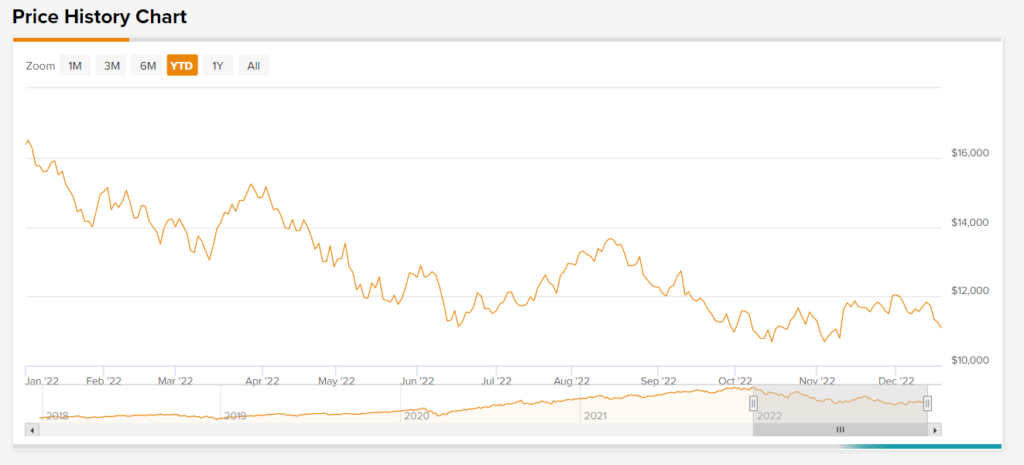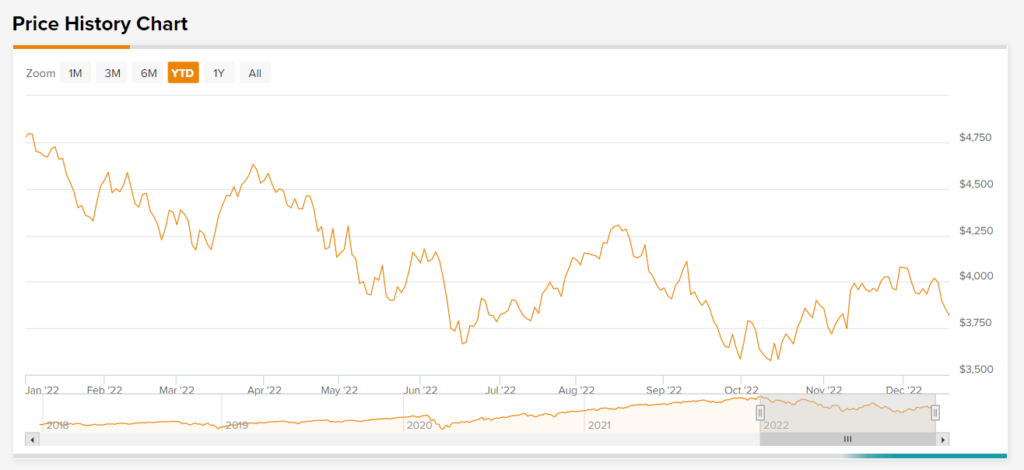2022 can be considered a hinge point in history, characterized by economic, geopolitical, and environmental disruptions. From fighting off what was hopefully the final phase of the pandemic to a full-blown war, things escalated quickly. As the sun sets on 2022, here’s a look into the year that was.
The Russia-Ukraine War and Its Economic Consequences
After weeks of anticipation, the biggest military conflict in Europe since World War II began with Russia’s invasion of Ukraine on February 24. While Russian Prime Minister Vladimir Putin achieved limited logical success in clarifying his goals for the invasion, it’s widely believed that he simply wants to annex Ukraine and expand Russian territory.
Whatever the reason, the conflict came with an alarming set of repercussions. In an attempt to weaken Russia economically, the West imposed restrictions and sanctions, cutting down oil and natural gas imports from Russia. This led to a supply shortage of oil, which added to inflation.
Agricultural exports from Ukraine to other parts of the world were affected, leading to price increases in commodities. Moreover, several U.S. companies with exposure to Russia or Ukraine suffered.
Not to mention, the dollar appreciated rapidly as investors rushed to American assets as a hedge against an uncertain environment. That is because the U.S. doesn’t stand to lose much from the war, and hence, American assets are considered safer than those of many other nations. As of October, the dollar had strengthened by about 12% against the euro, 9% against the British pound, and 16% against the yen, according to Fed data.
China’s Role in Disrupting the Global Economic Flow
China, the world’s second-largest economy, has been worn down by COVID-19 for three years straight. Surges in cases throughout the year have impeded economic recovery. China’s lockdowns are so restrictive that the global supply chain was considerably disrupted by jamming the ports of trading partners.
Moreover, its military display of power in Taiwan to keep the country from joining hands with the U.S. left a bad taste in the mouth of the U.S., which is already at loggerheads with China over chip supremacy. Later, the Biden administration upped the ante and intensified its crackdown on Chinese firms in an effort to keep China from using advanced chips from the U.S. to develop advanced technology for military purposes. This led to considerable value erosion in U.S. tech stalwarts like Nvidia (NASDAQ:NVDA) and Advanced Micro Devices (NASDAQ:AMD), which have a large market in China.
The World Grapples with Inflation
The pandemic-led economic shock in 2020 led central banks across the world to pump money into economies in order to spark an economic recovery. It’s no wonder that as demand rose, prices increased, and inflation crossed desirable thresholds. Besides causing domestic challenges, inflation affected global supply chains to a large extent.
To pull the reins in on inflation, the first few weeks of 2022 saw the Federal Reserve of the U.S. begin to contemplate a monetary tightening campaign characterized by strategic interest rate hikes. All eyes were on the Fed’s decision.
The Federal Reserve’s Monetary Tightening
Although inflation was near 40-year highs, the central bank had to be aggressive but tread cautiously. In March, when inflation was 8.5%, the Fed made its first interest rate hike of 25 basis points, followed by a 50 basis point hike in May.
These hikes could not curb inflation, which touched 9.1% in June. This prompted the Fed to take it up a notch, and four consecutive 75 basis point interest rate hikes followed. Fortunately, year-over-year inflation declined from July onwards. Moreover, the Fed also achieved two consecutive months of year-over-year and month-over-month disinflation in October (7.9%) and November (7.1%), bringing the final reading almost at par with that of December 2021.
Despite the encouraging inflation trend, there is one aspect of the economy that is refusing to bow down to the Fed — the labor market. Unemployment is still steady at 3.7%, while the number of jobs added per month, as well as wage raises, are much above desired levels. Wage inflation plays a big part in overall inflation, and once the labor market can be effectively slowed down, the pace of disinflation can accelerate.
The Tech Sector Falls as Interest Rates Rise
Needless to say, the deadly combination of interest rate hikes, inflation, and a strong labor market whipsawed the U.S. stock market through the year. Among the most affected sector was technology. Being the most sensitive to interest rates (due to many tech companies being unprofitable and having high valuations), the technology sector witnessed a flux of terrified investors. The 32% year-to-date plunge of the tech-heavy Nasdaq 100 (NDX) index reflects how deep the index is in the bear zone.

Toward the end of the year, as the costs of operations skyrocketed, tech giants shrunk their workforce by thousands overnight and are expected to continue to do so in 2023. Part of the motivation behind the drastic measures was quite possibly the urgency to appease investors by showing cost reduction in their books.
The Takeaway
We have not really progressed much from where we started the year. The major indices of the U.S. stock market — the S&P 500 (SPX), the Dow Jones Industrial Average (DJIA), and the Nasdaq Composite — are headed to end the year lower than they began. So far this year, the S&P 500 has lost about 19%.

On the other hand, the Dow is down 8.4% until now.

Moreover, U.S. government bonds, which have generally been the safest harbor, witnessed an almost 12% decline in 2022, according to a Bloomberg index of U.S. Treasuries.
The Russia-Ukraine war still rages on, inflation across economies is still high, interest rates are still being raised by most of the world’s central banks, and COVID-19 still lingers. Going into 2023, more economic challenges likely await the world. With its interest rate hikes, the Fed has established that it is ready to risk a recession in order to take the air out of inflation. The IMF predicted global growth to decelerate in 2022 to 3.2% from 6% last year. A further slowdown to 2.7% growth is expected in 2023.
Nonetheless, the world has learned to be more resilient to challenges in the last three years. Investors, though still emotional, have become optimistic enough to pull at least one major index out of bear market territory (the Dow). Also, in the last two earnings seasons, investors’ interests were more inclined toward the companies’ outlooks and longer-term prospects than their actual quarterly performances. This was reflected in stock price movements; many companies impressed investors even with their lower-than-expected quarterly performances because their outlooks were solid, and vice versa.
Companies displayed remarkable defensive skills by quickly adapting to changes in the environment, and investors grasped how to steer through a drastically different economic landscape. The second half of the year has made every market participant more aware that 2023 could be more challenging.
The world survived a tough year in 2022, and I believe that it’s well-positioned to take on 2023. Indeed, this year threw many unexpected problems our way and was a practice year for investors and businesses, alike. Hopefully, 2023 will be more predictable, though more challenging, with a possible recession on the horizon.
















